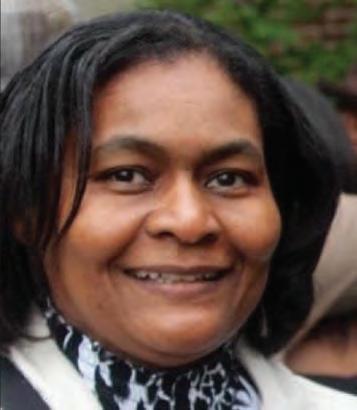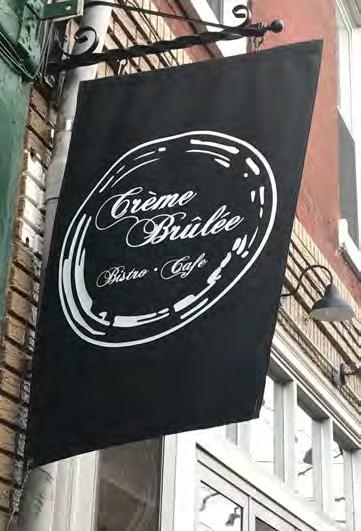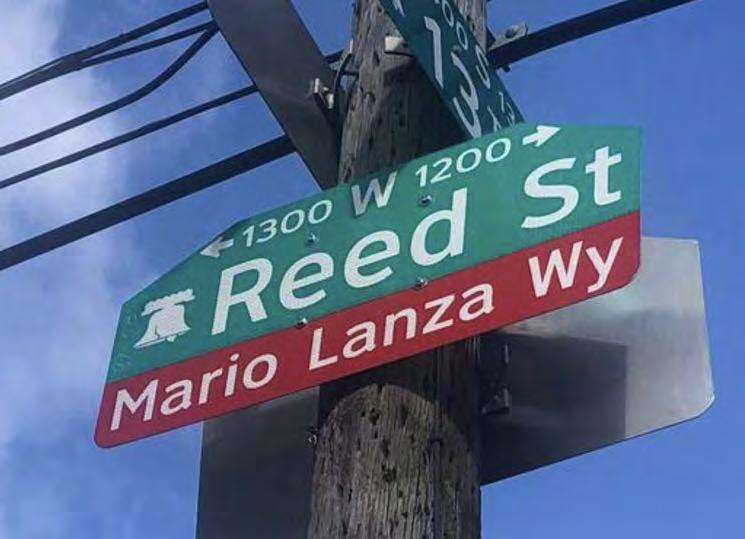
1 minute read
Revisiting the Renaissance
With the pandemic, the South Street Renaissance had to forgo its 50th anniversary party. But that hasn’t stopped one enterprising neighbor from celebrating its legacy.
By Joel Spivak
A couple of years ago, I realized that soon it would be the 50th anniversary of the South Street Renaissance. That “renaissance” was made by a group of people who reclaimed the abandoned South and Bainbridge streets, made vacant for expressway construction, which was ultimately defeated. In the wake of that defeat, a rundown and empty corridor was ripe for rebuilding; members of the Renaissance planted trees in front of their condemned houses, started hundreds of businesses, and created thousands of new jobs.

610 S. 4th Street back in the day, or “What the neighborhood looked like when I moved in,” writes Joel Spivak.
I had hoped to build on the 40th anniversary with a parade down South Street, a FUN-raising banquet in the Magic Garden, reunion parties at the Copa, live performances at Dobbs and the TLA for Renaissance musicians—and also performances at the Painted Bride, which was originally founded in a bridal shop in the 600 block of South Street.

Trees in bloom on South Street, circa 1976.
While planning was underway, the pandemic and its restrictions hit. Public events were off the table, including creating pop-up galleries of art and history on South Street. I still wanted to use the 50th anniversary to collect and share nostalgia from all decades, so I put a call out for anyone with historical memorabilia to contribute. Thanks to a story run in the Jewish Exponent and in this magazine, I received written stories, memories, and photos from people whose forebears had businesses around South Street. The project was also a way to honor the customers who supported these businesses, because without them, nothing would have succeeded before or after the failed crosstown expressway project.

Peeking out from under his awning, Abe Kravitz was the last curbside vendor on S. 4th Street. People came from all over the area for his famous horseradish, and they had to bring their own jars.
In the future, I would like to create a legacy piece about the resilience of this area from the 1900s to the crosstown expressway to the Renaissance, so the people of Philadelphia will know what happened in their neighborhood and will not forget. Whatever may be created, whether a sculpture, a monument, or an architectural element, we should create something amazing—just as we did 50 years ago.







